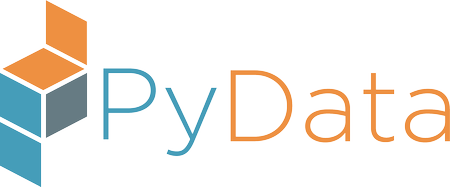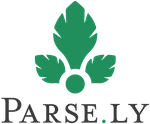Wednesday 1:55 p.m.–2:35 p.m.
An iterative approach to inverse problems using Python's NumPy
Katya Vasilaky
- Audience level:
- Intermediate
Description
This talk will discuss an algorithm for inverting ill conditioned matrices based on a new iterative solution to the Tikhanov problem. Inverse problems commonly occur in image processing, statistical inference, tomography, and any field where one wants to compute some interior properties using exterior measurements. This algorithm is written in a few lines of code using Python's numpy package.
Abstract
This talk will fall in the realm of data, data processing and data science.
Inverse problems commonly occur in image processing, statistical inference, tomography, and any field where one wants to compute some interior properties using exterior measurements. Linear regression would be one such problem, which solves the least squares problem (where the solution to the least squares problem requires the inversion of a matrix X in order to solve for the optimal beta parameter estimates, b).
In many such problems the data frame or matrix X is ill-conditioned, meaning the matrix itself is close to singular (e.g. a Hilbert matrix that has several close to dependent columns), and the solution, b, is therefore is noisy. A small perturbation in the matrix X will lead to wild adjustments in the solution, b, as is well known.
One way to deal with such instability is to regularize the problem and solve a "nearby" problem using Lasso methods or the more general Tikhanov regularization problem, which add a penalty, lambda, to the optimization problem. However, currently, no efficient method exists for searching for lambda.
In this new innovative method, I have derived an iterative approach to solving the general Tikhanov regularization problem, which converges to the noiseless solution, does not depend strongly on the choice of lambda, and yet still avoids the inversion problem.
This algorithm is written in a few lines of code using Python's numpy package, and primarily relies on the SVD composition. The solution is applicable to many fields in image processing and data, and the code, as we'll see in the talk, is quite simple.


















